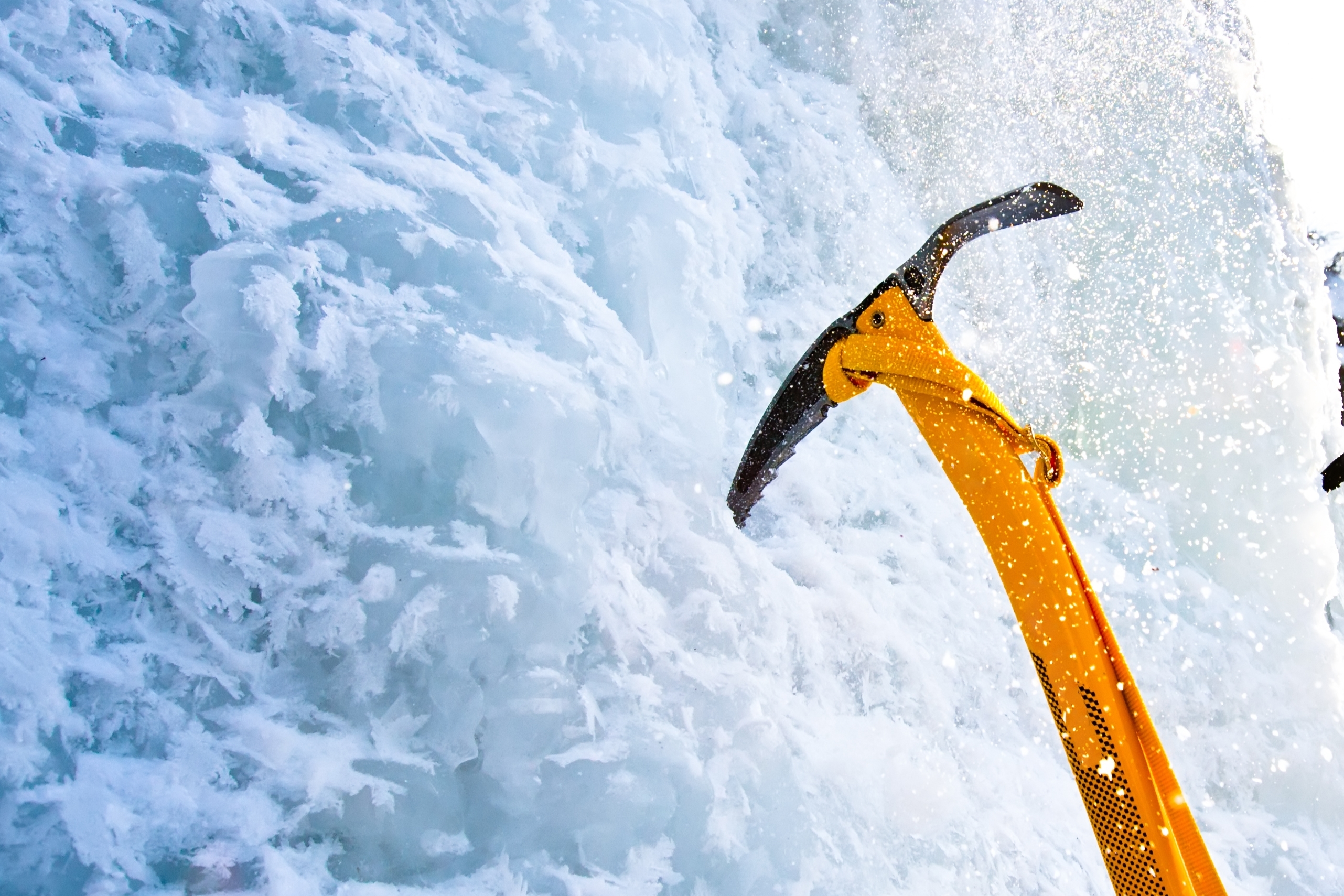It sat without a repeat for a decade: ‘The Wailing Wall’ (Scottish mixed grade IX 9, 295 feet) on the formidable mountain An Teallach. A recent report of the first repeat goes a long way to reveal why.
The late first ascensionist Martin Moran knew Hayfork Wall would produce classic routes. The steep, several-hundred-foot wall already hosted a few testpieces when Moran and Murdoch Jamieson arrived in December 2010.
Seeking a first ascent, they ended up forging one of Scotland’s most challenging mixed routes on sight. “The Wailing Wall” clocks in a tick below the top of the Scottish mixed-grade scale.
Twelve years later, Guy Robertson and Adam Russell secured the route’s first repeat.
View this post on Instagram
And it didn’t come easily. The two reported they hadn’t climbed hard in quite some time due to COVID-19. Also, Moran’s legendary reputation meant that the route would be serious. From Moran’s descriptions, Robertson knew the climbing would push his abilities to the breaking point.
‘The Wailing Wall’ Second Ascent Story
A crack in the smooth wall some 10 meters above sports some vague sloping snow patches and discernible turf, but the wall barring access overhangs considerably.
The gear isn’t perfect, and as with all northwest sandstone routes on big “winter only” cliffs, the threat of detachable rock is always lurking menacingly. An assured and powerful approach is required.
There are no footholds worth mentioning, only shallow vertical mossy seams. A series of deep and committing lock-offs on poor torques is effected to eventually reach the crack above. The considerable horizontal separation distance from the belay at this point undoubtedly heightens the anxiety.










